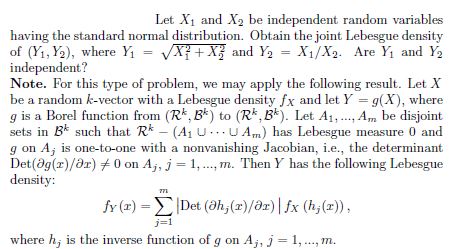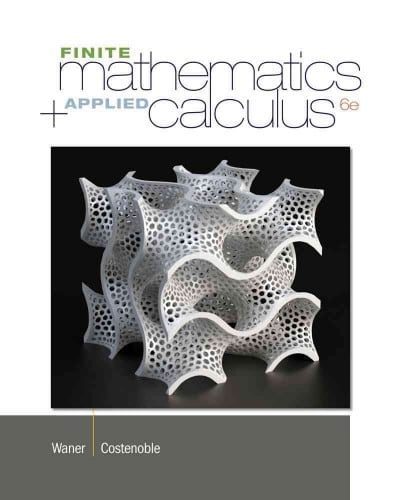Question
Q1: The cycle of 125,000 man hours by measuring the time spent on the production of the first boat in a company that manufactures boats.
Q1:
The cycle of 125,000 man hours by measuring the time spent on the production of the first boat in a company that manufactures boats. At this firm, updating labor cost at $ 40 per hour. In the past, it is known that the rate of learning can learn from analyzes is 85%. Accordingly, answer the questions in the options given below.
a) Cumulative calculation required for a total of four bots.
b) Determine the total labor cost for the four boats produced.
c) If you teach 100,000 man hours for the production of the third bot and the learning rate is 80%, it will take into account how long the first bot is produced.
Q2:
condition is associated with an average total calcium level below 6 mg/dl. Recently, the patient's total calcium tests gave the following readings (in mg/dl). Assume that the population ofxvalues has an approximately normal distribution.
10.1
9.2
10.9
9.5
9.4
9.8
10.0
9.9
11.2
12.1
(a)
Use a calculator with mean and sample standard deviation keys to find the sample mean readingand the sample standard deviations. (in mg/dl; round your answers to two decimal places.)
=mg/dl
s=mg/dl
(b)
Find a 99.9% confidence interval for the population mean of total calcium in this patient's blood. (in mg/dl; round your answer to two decimal places.)
lower limitmg/dl
upper limitmg/dl
(c)
Based on your results in part (b), do you think this patient still has a calcium deficiency? Explain.
Yes. This confidence interval suggests that the patient may still have a calcium deficiency.Yes. This confidence interval suggests that the patient no longer has a calcium deficiency.No. This confidence interval suggests that the patient may still have a calcium deficiency.No. This confidence interval suggests that the patient no longer has a calcium deficiency.
Q3
Since the distribution of time spent eating and drinking each day is normally?distributed, the sample must be large so that the distribution of the sample mean will be approximately normal.
?(b) There are more than 200 million people nationally age 15 or older. Explain why?this, along with the fact that the data were obtained using a random?sample, satisfies the requirements for constructing a confidence interval.
A.
The sample size is greater than?5% of the population.
B.
The sample size is less than?5% of the population.
Your answer is correct.
C.
The sample size is less than?10% of the population.
D.
The sample size is greater than?10% of the population.
Q4
One of the questions in a study of marital satisfaction of dual-career couples was to rate the statement, "I'm pleased with the way we divide the responsibilities for childcare." The ratings went from 1 (strongly agree) to 5 (strongly disagree). The table below contains ten of the paired responses for husbands and wives. Conduct a hypothesis test at the 5% level to see if the mean difference in the husband's versus the wife's satisfaction level is negative (meaning that, within the partnership, the husband is happier than the wife).
Wife's score
3
2
2
3
4
2
1
1
2
4
Husband's score
2
2
1
3
2
1
1
1
2
4
NOTE: If you are using a Student'st-distribution for the problem, including for paired data, you may assume that the underlying population is normally distributed. (In general, you must first prove that assumption, though.)
Part 1) State the distribution to use for the test. (Enter your answer in the formzortdfwheredfis the degrees of freedom.)
Part 2) What is the test statistic? (If using thezdistribution round your answer to two decimal places, and if using thetdistribution round your answer to three decimal places.)
z or t=_____
Part 3) What is thep-value? (Round your answer to four decimal places.)
Q5

Step by Step Solution
There are 3 Steps involved in it
Step: 1

Get Instant Access to Expert-Tailored Solutions
See step-by-step solutions with expert insights and AI powered tools for academic success
Step: 2

Step: 3

Ace Your Homework with AI
Get the answers you need in no time with our AI-driven, step-by-step assistance
Get Started


